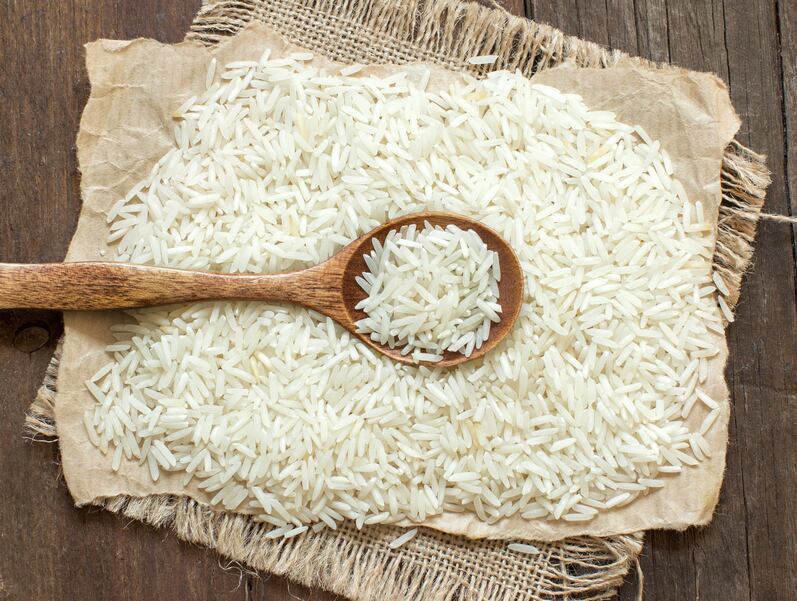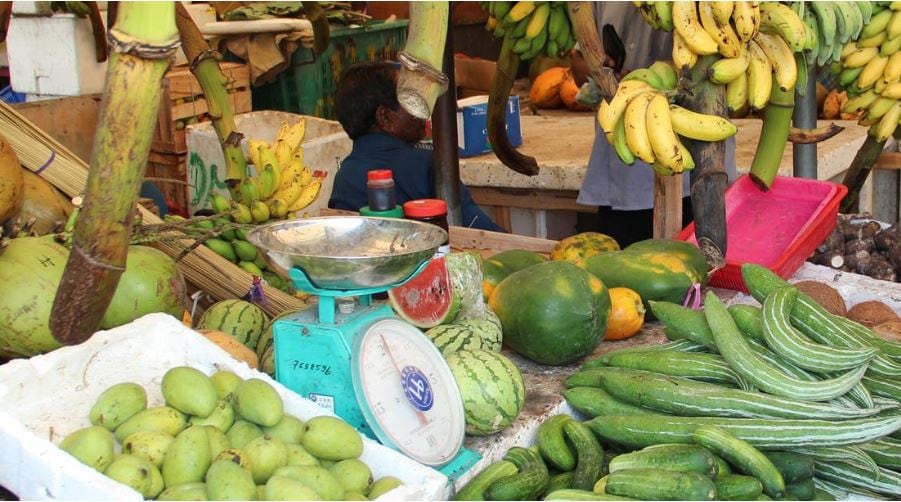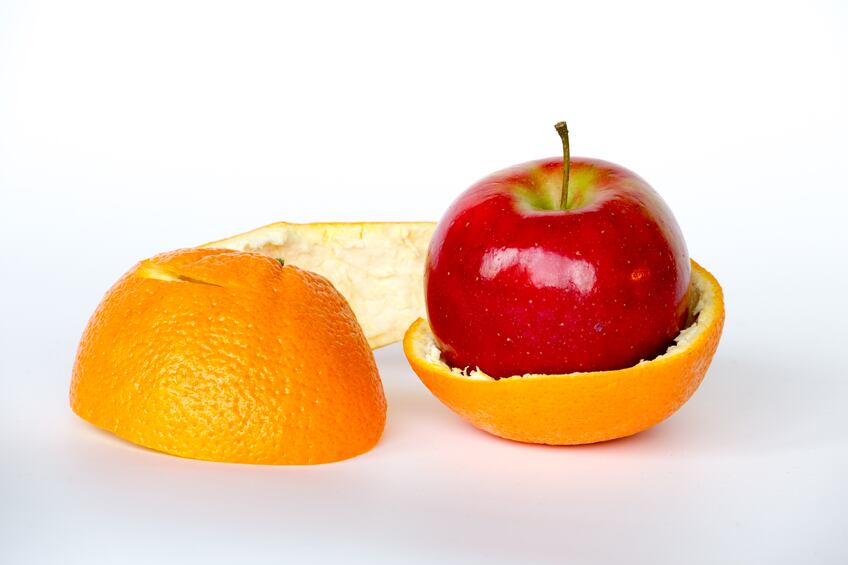Rice is the second most important food staple in the world. Around half of the world’s population – 3.5bn people – depend on rice as their primary staple food. Demand for rice products has surged as a result of population growth, evolving food preferences and urbanisation.
As demand has increased the risk of food fraud has also risen, with some unscrupulous actors in the supply chain selling sub standard rice to consumers. According to the authors of recent research into rice fraud, these activities often go undetected because existing analytical methods are ‘cumbersome, time consuming, expensive and can involve substantial use of chemicals’.
For this reason, researchers led by Professor Chris Elliott, have been working on a new rapid detection system to identify fraudulent products. In a recently published study, ‘Innovative and rapid analysis for rice authenticity using hand-held NIR spectrometry and chemometrics’, they unveiled a two-tiered testing system.
Mary McBride is director of global market regulatory and standards strategy at Agilent Technologies, the company that bank-rolled the research. She told FoodNavigator that the ‘first tier’ is a ‘rapid, field-portable, hand-held device’ based on molecular spectroscopy. This, she explained, can be used to ‘quickly scan the rice’. This scan collects a spectral ‘fingerprint’ and then looks for a match within a ‘large database’ – a spectral library of fingerprints. If the scan finds a match, the rice can be identified.
The second tier is a laboratory-based system based on mass spectrometry. “This approach is a very rigorous technology that provides detailed chemical analysis about the sample. It is used when fraud is suspected in order to help food authorities understand the nature of the fraud so they can stop it,” McBride continued.
Why a two-tiered system? According to McBride, it is a ‘very practical and very powerful’ approach because the first tier puts easy-to-use and affordable technology into the hands of consumers, producers, growers, manufacturers, traders and other actors in the supply chain. For instance, buyers can use it to scan products to confirm whether they are what they are purported to be, and sellers can use it to prove to buyers that the buyer can have confidence that they are actually buying what they think they are purchasing.
”People need to choose an approach that meets their specific testing requirements. There is no 'one size fits all' testing technology, nor is there a single ’best’ approach, rather, testing is about determining what the requirements are, and how best to meet those requirements. We believe that the two-tiered system is excellent because it is fit for purpose.”
Rice is a 'prime target' for fraud
Innovative approaches to authenticate food products are needed because rice fraud is a ‘common problem’ - and one that is on the rise.
What forms does adulteration take?
The forms of rice prone to adulteration are brown rice, polished rice, rice flour, rice cake and rice bran oil, McBride noted.
Common types of adulteration in rice include:
- Substitution of all or a portion of premium rice with lower quality, lower cost rice (e.g. blending premium Basmati rice with other low-quality rice of similar appearance)
- Substitution of a portion of the rice with other substances (e.g. replacing rice with paper pellets, sweet potatoes pellets milled to look like grains of rice and even plastic resins
- Mis-labelling the age, origin or brand of the rice
“Although it is very difficult to quantify, food safety experts estimate that between 20-50% of all premium quality rice is adulterated in some form, and that as much as 20% of low-quality rice is adulterated and sold as higher-quality rice. These estimates are based on limited testing and tracing of the global rice supplies. Some food authorities believe that the incidence of rice fraud is actually much higher than reported,” McBride said
This is because the economics of the rice trade make it a ‘prime target’ for fraudsters, she continued.
“There are thousands of varieties of rice – some are highly prized for superior flavour, aroma, and appearance, while others are lower quality. Consumers are willing to pay more for premium quality rice, and the differences in the value of rice make it a target for unscrupulous traders who are tempted to mix premium rice with low grade, low cost grains or products and low nutritious adulterants to profit with little effort.
“The economics of rice trade make it a prime target for adulteration. Rice adulteration occurs all over the world. Where there is a demand for foods like rice, fraudsters will seek to gain an economic advantage from avoidance of price caps, duties and tariffs. This risk is higher where more market regulation is in place.”
The form that the fraud takes can vary greatly and – while often more of a quality issue than a safety one – there can be implications for human health.
McBride noted: “Although the majority of food fraud incidents do not present food safety issues, there are some types of fraud that present food safety threats to consumers. For example, there have been incidents of rice being sold that contain high levels of pesticides, other chemical contaminants or illegal pesticides. There have also been reports of mouldy rice pulled from grain storage, chemically treated with bleach to remove the mould, and then sprayed with synthetic compounds that make the rice smell like premium rice. This old, mouldy, poor quality rice is then passed off to consumers as premium quality rice.”
The implications of this should not be underestimated: “The loss of consumer confidence can have very severe impacts on the food industry – entire brands, and even companies have gone out of business once the reputation of their brand has been compromised.”
The methodology developed by the study can ‘absolutely’ be extrapolated to combat other areas of food fraud, the quality and standards expert added. “We are really excited about the prospects of moving our approach for rice into other food commodities.”
Source
'Innovative and rapid analysis for rice authenticity using hand-held NIR spectrometry and chemometrics'
Spectrochimica Acta Part A: Molecular and Biomolecular Spectroscopy
Authors: Ernest Teye, Charles L.Y. Amuah, Terry McGrath, Christopher Elliott
DOI: https://doi.org/10.1016/j.saa.2019.03.085




